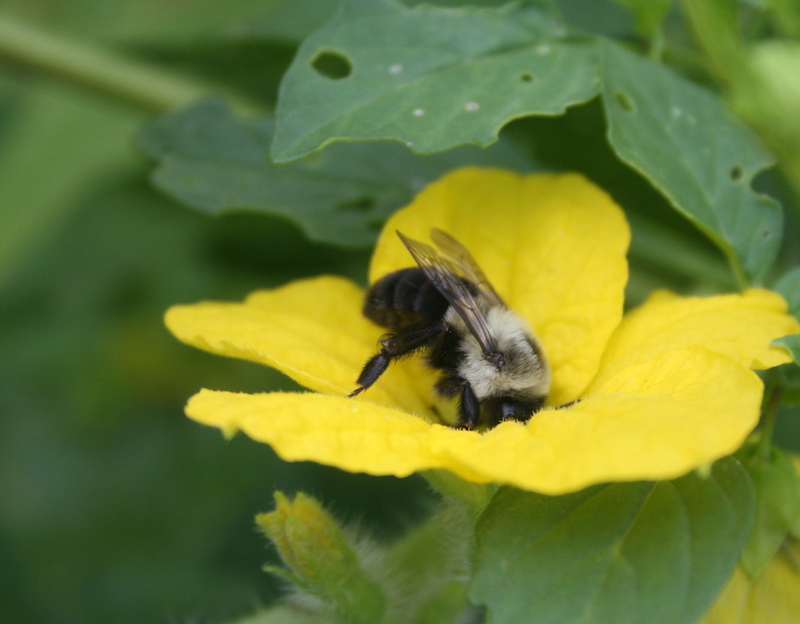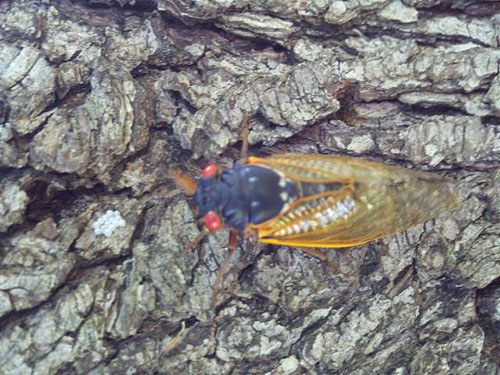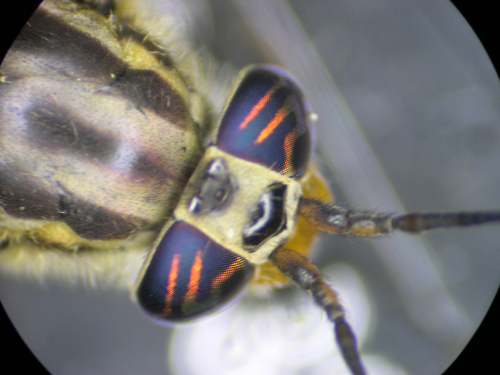Gardeners and landscapers are pleased with the drought for at least one reason. It has diminished the Japanese beetle population.
However, University of Georgia researcher Kris Braman isn’t happy the beetles are missing. She needs them for her research.
Traveling north
“I’m used to having a big supply, but lately I’ve had to collect them from our Blairsville research station in north Georgia,” said Braman, an entomologist with the UGA College of Agricultural and Environmental Sciences. "I consider Japanese beetles super bugs, but they just can't take it when it's dry."
In the United States alone, controlling the beetles' larval (grub) and adult stages cost more than $460 million a year.
Adult Japanese beetles feed on the leaves of some 300 different landscape plants from roses to crape myrtles. As grubs, they burrow underground and feed on plant roots. Turfgrass roots are among their favorites, Braman said.
In her Griffin, Ga., laboratory, she searches for ways to control the beetles when they aren’t being reduced by drought conditions.
Too dry to develop
The tiny destroyers' numbers are down because their life cycle relies on moisture. If it's too dry, the larvae can't complete their development.
"Young Japanese beetle larvae need moisture to tunnel and search for food," Braman said. "If they survive in the drought to adulthood, they need wet areas to lay their eggs in, and there weren't many wet areas to be found this summer."
The drought also has reduced the population of another turfgrass pest, the two-lined spittlebug.
"They like it hot, but they need moisture, too," Braman said. "So there aren't as many around this year to harm centipede grasses and holly bushes."
Less and different diseases
The drought has reduced the typical diseases found on turfgrass and landscape plants during high humidity conditions, but it has also opened the door for other diseases, said Alfredo Martinez, a plant pathologist with UGA Cooperative Extension.
In a drought, turfgrass is stressed, “and we have a good amount of stressed turf areas in Georgia,” he said. “We are seeing more cases of anthracnose and dollar spot, which are caused by organisms that take advantage of the turf’s stressed state.”
Martinez says homeowners actually help give these diseases a foothold by the adjustments they make in reaction to the drought.
“When there’s not sufficient water, people tend to reduce or avoid fertilization all together,” Martinez said. “They think it will burn the turf if they do. But low fertility promotes disease like dollar spot.”
Jean Williams-Woodward, a UGA Extension plant pathologist who specializes in ornamentals, agrees.
“Generally with less water there is less disease, but any plant that is being irrigated can still become diseased,” she said. “During drought conditions, plants become weak and are more susceptible to infection.”
Leylands hit hardest
She says Leyland cypress trees are being hit harder by the drought-related diseases than most other trees and landscape plants.
“Seiridium canker disease is the main cause of tree decline,” Woodward said. “Drought stress causes the cankers to enlarge about three times faster than they would on non-stressed trees.”
Cankers form on the branches when the fungus enters through wounds or natural openings on the tree. Collectively the cankers interfere with water flow, and, as a result, the branches die.
Roots stressed
“Other trees and shrubs may be dying as a result of root stress and injury in combination with drought,” she said. “A 40-foot tall oak tree died in my neighborhood two weeks ago due to what I believe to be construction injury to the roots combined with the drought.”
The drought has driven disease pressure in the landscape down, but there are always diseases that can persevere.
“We aren’t seeing a lot of diseases, except for powdery mildew,” she said. “It’s inhibited by wet leaves, but it can also thrive without much water.”






